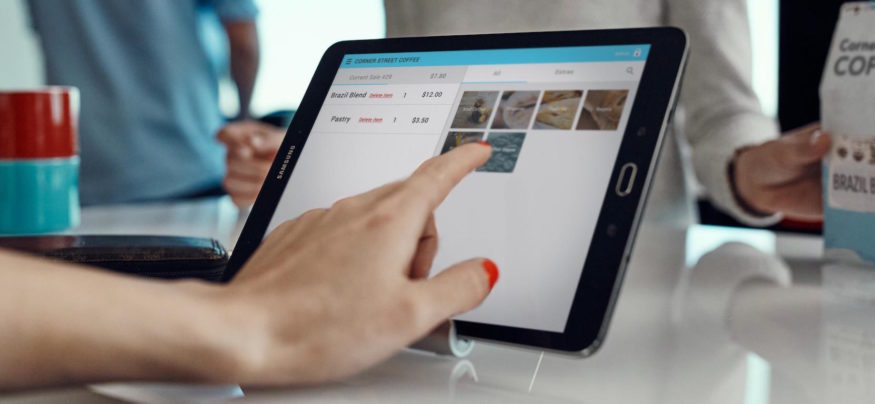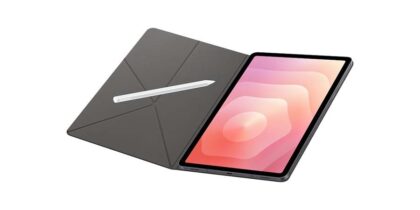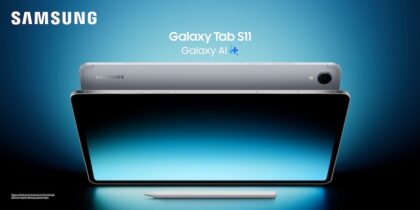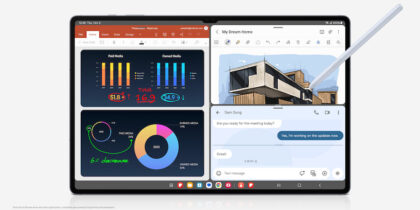Tablets are shaping the way customers experience and interact with spaces. They’re no longer restricted to point of sale, but rather make for a smarter, more interactive environment altogether. In retail, restaurant and hospitality settings, every square inch of the space has the potential to be a revenue generator or to enhance the customer experience in some way.
Combined with the Internet of Things (IoT) and cloud technology, businesses can utilize tablets to simplify everything from inventory and data management to loyalty check-ins and interactive digital displays. The ever-growing options in niche software and apps have put business owners back in control of designing a great experience for customers, one that better aligns with their brand. But with so many options available, where do you start?
With the customer. What problems need to be solved in the space? What processes — whether check-in, marking a purchase or accessing information — can be streamlined through the use of tablets and technology? Where are there opportunities to deepen the relationship and engagement with customers, such as with a loyalty check-in or email sign-up form? The space’s layout, power outlet placement and foot traffic flows will also dictate the placement and type of tablet display used. Here are a few ways tablets are currently being used throughout businesses to improve the customer experience.
The Simplified Kiosk
The kiosk can now fit into almost any environment and serve as an excellent customer touch point. There are now slimmed-down tablet kiosk options, rather than the bulky ones often seen in large, commercial spaces. These can be used to:
- Display information about new products, sales or events
- Allow guests the option for self check-in or concierge services
- Enable self-directed food and beverage ordering
- Conduct customer surveys
- Streamline event registration and check-in
- Provide tour and exhibit information in museums
- Manage gift registries
Wall-Flush Mount
Using a tablet as a display is an incredibly valuable and flexible option for businesses, and is fairly easy to implement. In many cases, electricians don’t even need to be involved to reroute power supplies. Thanks to power-over-ethernet (PoE), devices can be powered via ethernet cable, eliminating the need for power cords and outlets. Battery packs can also be used to keep the device charged.
Uses for a wall-mount tablet include:
- Conference room booking and calendar display
- Information or promotional display
- Employee check-in and time tracking
- Interactive experiences in lobbies or waiting rooms
- Programming or gaming
Maximize the Countertop
Many business owners have already experienced the benefits of a tablet used on the countertop, and not just in retail or restaurant settings. Tablets are now making their way to conference rooms, front desks and lobbies. In addition to the above uses, they can also be used for:
- Point of sale (through EMV or swipe technology)
- Reservation check-ins
- Data collection and control
- Audiovisual management in conference rooms
- Front desk administration and document signing
Design for Success
While function and purpose should take priority in deploying technology throughout a commercial space, form and aesthetic shouldn’t be overlooked. Ultimately, the tablet and the hardware supporting it have to be user-friendly, sturdy, approachable and appealing, and accentuate the brand’s aesthetic.
With this in mind, focus on simplicity. Customers are intrigued by simplicity, color and innovative design, but they also want interactions to be speedy and efficient. Consistency and authenticity will also play an important role. Select high-quality, durable materials and colors that are consistent with your brand and the experience you want to create — the goal is to create a “wow” experience for the customer.
There are a few other things to consider in selecting the right setup for your environment. Chief among them is flexibility. Is mobility an important feature for you? If so, you’ll want hardware that offers flexibility in terms of design and can be easily moved around the space. As business needs change, so too will technology needs. Aim to future-proof your technology setup as much as possible with software that can be used across various devices that doesn’t lock you into one particular hardware configuration. The hardware and software selection should be able to grow and adapt with your business.
Keep in mind that the technology is meant to enhance the user experience. It should be user-friendly — whether users are customers or staff — and look like it’s part of the environment, not an obtrusive, unappealing addition. It’s time businesses large and small leverage the simplified yet mighty tablet to create smarter, more beautiful environments and give customers what they have come to expect.







